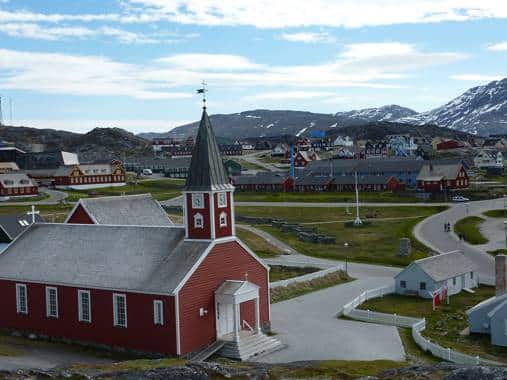
I believe that I have a fairly good idea of what such a transit entails. The main conclusion is that compared to other high latitude voyages, such as passages to Antarctica, Spitsbergen or Alaska, which are areas where I have sailed in the past, the challenges poised by the Northwest Passage are entirely different.
Whereas in the former cases, the success of a voyage depends primarily on the experience of the skipper and crew, as well as the suitability of the vessel, in other words, on objective criteria, in the case of the Northwest Passage, there are several subjective criteria which are entirely out of your control and therefore can result in failure unless you are prepared to do all in your power to minimize those risks.
There is no question that the Northwest Passage presents a considerable challenge but challenges are there to be overcome, hence my late decision to have a new boat built and do it myself. Besides the boat, I have made all necessary preparations for such a challenging voyage and both myself, and my permanent crew, Nick Carter and Nikki Woodroffe, have a wide experience of high-latitude sailing.
There is a well defined strategy for a transit of the NW Passage, and it is entirely dictated by the ice situation. Being able to take advantage of every favourable opportunity is to key to a successful transit.
During the short summer season, the sea ice, which has formed over the long winter, as well as the ice left from previous winters, melts to a greater or lesser extent. The ice usually retreats from west to east (Pacific to Atlantic). This means that in most years the eastern approaches to the NW Passage are the last to become free of ice. If planning an east to west passage, as in our case, the way to overcome this problem is to plan on arriving at the chosen point of departure in the second half of July, and be prepared to wait until the ice has started retreating to such an extent that a transit may be safely attempted. This tactic can entail a long wait, and also means that yachts must be ready to go as soon as conditions look favourable, as the situation can change rapidly. It is therefore imperative to be in the appropriate area and ready by mid-July at the latest, which is exactly what we are doing by having arrived at Nuuk before the end of June.
The capital of Greenland is an excellent place for provisioning, maintenance, crew changes, etc. We shall be joined here by the rest of the crew and by 15 July resume our voyage. Depending on the ice situation in Baffin Bay, which needs to be crossed to reach Arctic Canada, there are two route options, either sail directly west to Pond Inlet or Lancaster Sound to wait for the ice to start retreating, or continue along the west coast of Greenland, which is usually free of ice by early July. As soon as the ice situation is deemed to be favourable we shall sail to Eastern Canada, and if conditions are right, commence the transit of the Northwest Passage.








